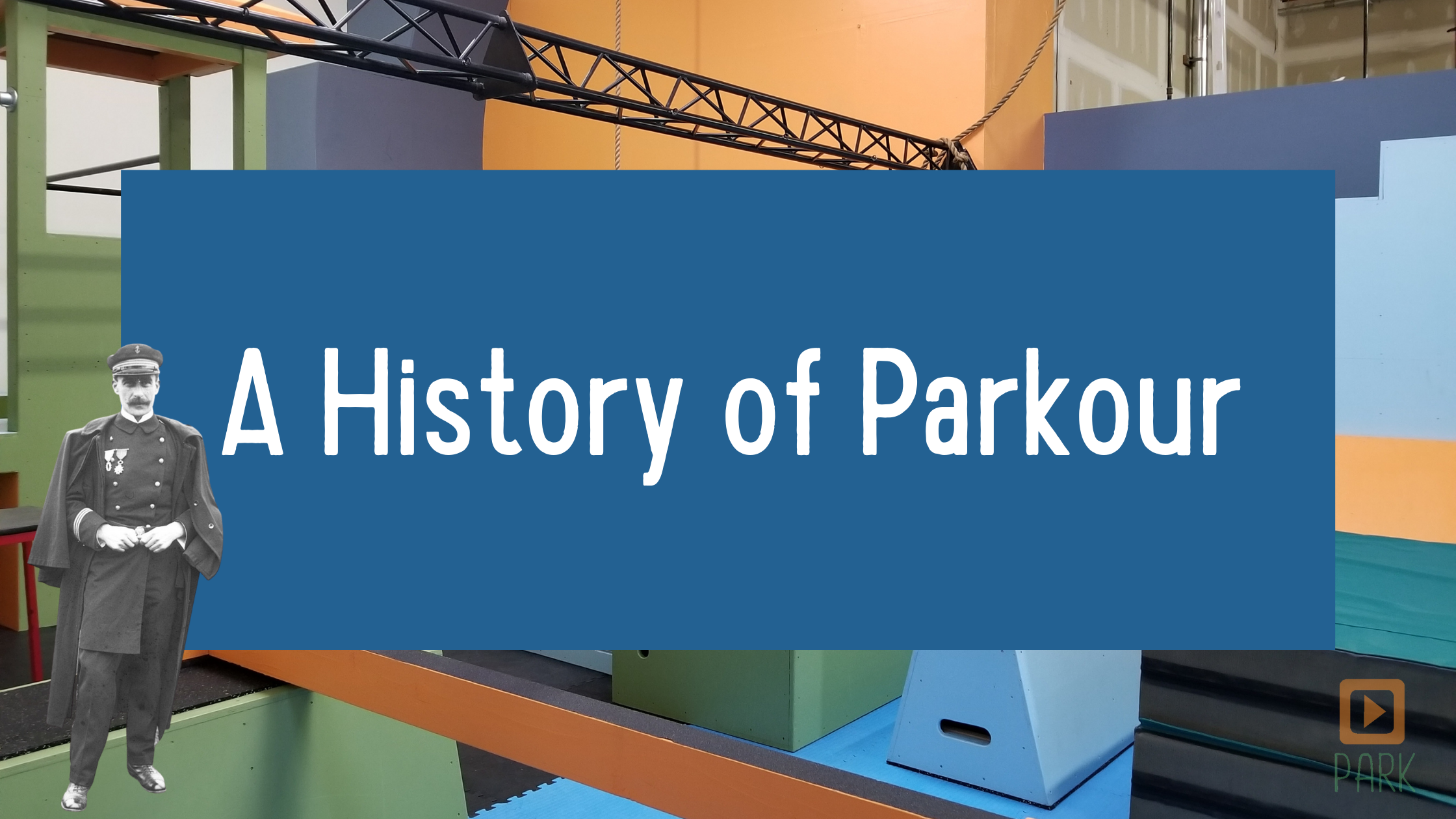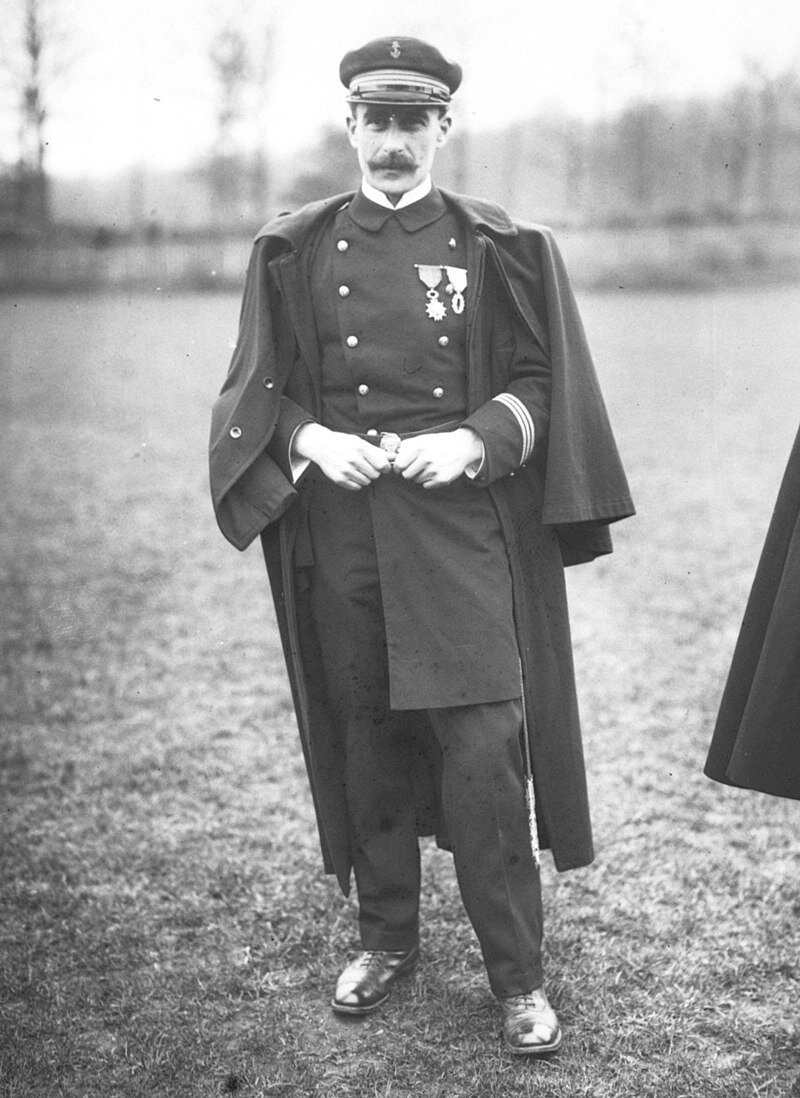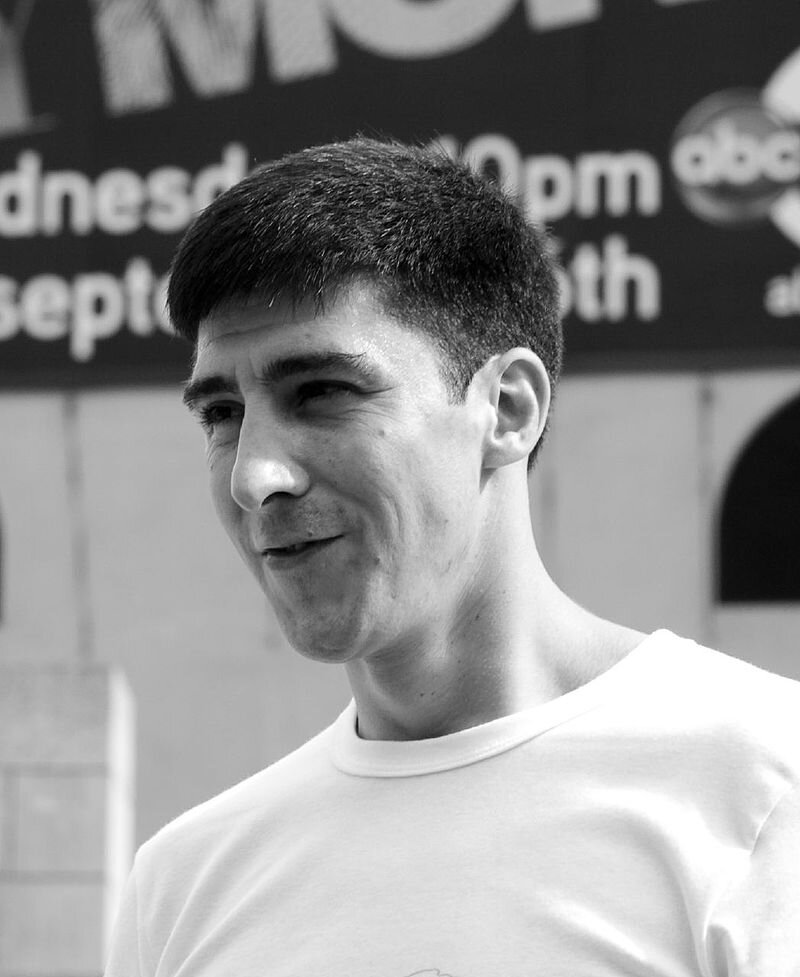A History of Parkour
Originating from France in the early 1900’s, parkour is a sport that has quickly gained popularity throughout the world. From entertainment, fitness, military training, and even robotics; parkour has made its impact! Here at The Movement Park, we study parkour because the sport isn’t just about physical fitness but also about mental health and discipline. The founder of parkour, David Belle, says he trains people because he wants it "to be alive" and "for people to use it". Other traceurs describe parkour as freedom and expression; parkour is about overcoming mental and emotional obstacles. Traceur Dylan Baker says, "Parkour also influences one's thought processes by enhancing self-confidence and critical thinking skills that allow one to overcome everyday physical and mental obstacles.”
It’s no wonder that a sport that teaches mental toughness was first practiced by French naval officer Georges Hébert. After his rescue efforts in the eruption of Mount Pelée on Saint-Pierre, Martinique in 1902, he set out to become a physical education teacher. His teachings focused on ten fundamental groups: walking, running, jumping, quadrupedal movement, climbing, balancing, throwing, lifting, self-defense, and swimming’ much of which was similar to what we now know as the parkour discipline. During WWI and WWII the basis of his teachings were used to develop "parcours du combattant" translated to ‘military obstacle course’. It was this obstacle course style teaching that would later influence David Belle to found parkour.
David Belle, was born in 1973 to Monique and Raymond Belle in the suburbs of Paris. His father, Raymond Belle, used military obstacle courses in secret, and also created courses of his own that tested his endurance, strength, and flexibility throughout his childhood. Following in his Father’s footsteps, David Belle, yearned to learn skills that he felt were useful to him in real life. Training with some guidance from his Father, Belle eventually formed a group with others that had similar goals and they trained together constantly. Their training was often inspired by martial arts and action film stars like Jackie Chan and Bruce Lee. The group was disciplined and developed many core principles that traceurs follow today. Everyone was encouraged to have knowledge of their own abilities and limitations and successes we’re only counted if every member of the team could repeat the action at least ten times.
As the groups’ skills developed they named themselves Yamakasi and began to have performances at shows and on TV programs. Many members of the group worried that these performances gave a false ideal of the discipline; showing only the successes and not the hard work and values that came with it. Popularity quickly grew through these performances and Belle split from Yamakasi to pursue acting; he coined his skill as ‘parkour’.
Since then, parkour can be seen in numerous action movies. Such as Taxi 2 (1998), Casino Royale (2006), Live Free or Die Hard (2007), and Prince of Persia: The Sands of Time (2010). Parkour stunts have also become commonplace in video games such as Assassin’s Creed and Mirror’s Edge.
At The Movement Park, we believe that the Parkour discipline is about having fun with movement; progressing at your own rate, and creating movement paths that meet your individual preference and needs. We use parkour to build strength that directly correlates to efficiency with daily activities and reduces the risk of injuries. Not just physical fitness but, parkour is an engaging and diverse movement experience that invites creativity and innovation while improving self-efficacy in your ability to overcome obstacles in real life. Our mission is to re-introduce people to joyful movement and give permission for adults to move and play naturally as children do.



